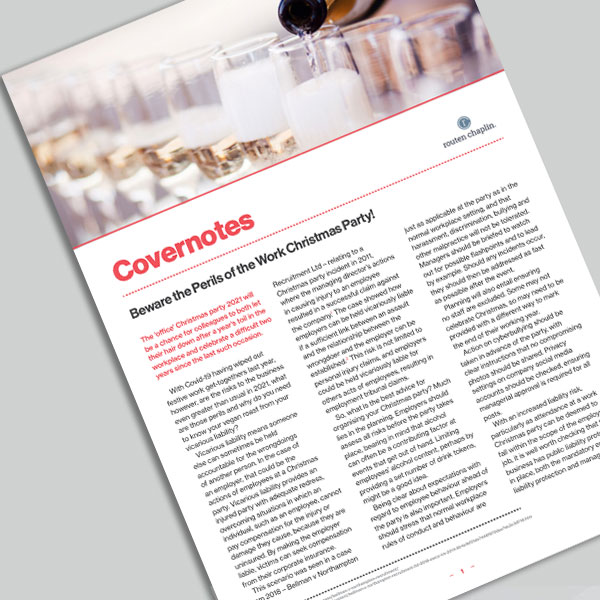The rise of the autonomous car
4th March, 2019
Autonomous cars have the potential to transform UK roads, but there are a number of issues to overcome and it will be some time before they become everyday reality. When they do, they will present a very different risk profile to insurers.
Reduced emissions, reduced congestion and improved road safety are all benefits that autonomous cars will bring, but although the technology has been developed – and is being trialled in Bristol, Coventry, Greenwich and Milton Keyes – driverless vehicles are still a thing of the future.
There are six levels of automation, ranging from zero, where the driver is fully in control, to five, where the vehicle is fully autonomous. At present, the highest level permitted on UK roads is two, where the driver is responsible for driving, but assisted by advanced driver assistance systems, such as lane assist, emergency braking and adaptive cruise control.
Moving up to level 3 presents a challenge as it would involve the driver taking back control in the event of an accident, and the driver may not be able to respond quickly enough. Accordingly, there are calls to move straight to level 4, where the automated system performs all driving tasks.
To enable this to happen, the Automated and Electric Vehicles Bill received Royal Assent in July 2018, giving the green light to improve the electric charging infrastructure and modernising insurance rules to accommodate autonomous vehicles.
At present, there is still uncertainty as to whether insurers would have access to data from the vehicle to determine the cause of a crash, including whether the vehicle or driver was ‘at the wheel’. This is important, as it would allow liability to be established quickly, speeding up claims resolution.
Other factors affecting the risk profile include increased cyber risk, as the vehicle is reliant on data and connected technology; and the transitional phase, when a mix of vehicles will be on the road, resulting in expensive repairs if autonomous cars are involved in an accident. It may be necessary for autonomous cars to have separate lanes or even roads, which could prove tricky to implement.
Consumer confusion about vehicle technology also needs to be taken into account. A study by Thatcham Research in October 2018 found that 18% of British motorists think that a car marketed as being capable of automatic driving, braking and acceleration allows them to sit back, relax and let the car do the driving - with 11% tempted to have a nap while using this technology!
There is a clear need, as the new technology is rolled out, for driver training and education, and for manufacturers to adopt more standardised controls, symbols and names for the different features.
There are ethical considerations, too. For example, if a crash is unavoidable and there are potential fatalities, how does the autonomous car determine who will die? Another issue is the need for accurate data, as something as simple as a defaced road sign could be misread by an autonomous vehicle. As a whole, the UK would need an infrastructure with a much greater level of data sharing.
With so many issues to address, the World Economic Forum doesn’t expect autonomous cars to be commercially available in the UK until 2025, and the whole UK transport system to be fully automated until 2070.
So, it’s going to be a long wait before you have your first autonomous car. However, this does have benefits: people will have plenty of time to adjust to the new technology, and advanced driver systems currently only found in top end models are trickling down to the mass market - resulting in safety and insurance benefits long before the move to automation.
Source: Allianz: The road ahead for autonomous vehicles 4.12.18

